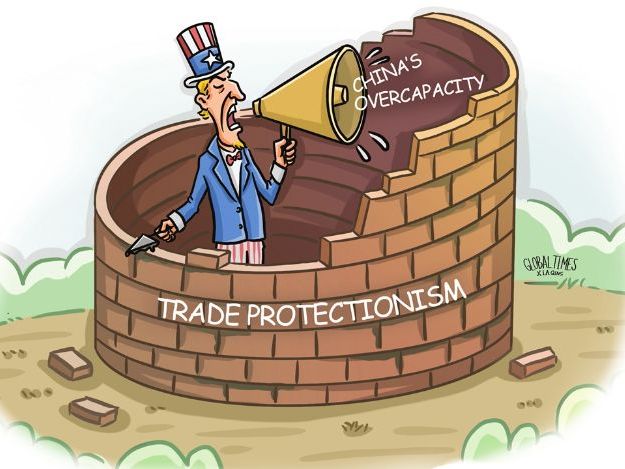


Candidates will explore the theory of international trade between countries and its implications for an economy. They will assess the case for free trade, the reasons for protectionism and the advantages and disadvantages of different protectionist measures. This will draw on these key concepts: the margin and decision-making; progress and development. Candidates will consider the current account of the balance of payments as a means of recording a country’s trading performance. They will analyse the roles of a floating exchange rate and the current account of the balance of payments within the economy’s macroeconomic performance. This will draw on these key concepts: equilibrium and disequilibrium; time.
6.1 The reasons for international trade
6.1.1 distinction between absolute and comparative advantage
6.1.2 benefits of specialisation and free trade (trade liberalisation), including the trading possibility curve
6.1.3 exports, imports and the terms of trade:• measurement of the terms of trade• causes of changes in the terms of trade• impact of changes in the terms of trade
6.1.4 limitations of the theories of absolute and comparative advantage6.2 Protectionism
6.2.1 meaning of protectionism in the context of international trade
6.2.2 different tools of protection and their impact:• tariffs• import quotas• export subsidies• embargoes• excessive administrative burdens (‘red tape’)
6.2.3 arguments for and against protectionism
Get this resource as part of a bundle and save up to 47%
A bundle is a package of resources grouped together to teach a particular topic, or a series of lessons, in one place.
FULL SYLLABUS - UNIT 1 TO 6 (AS-LEVEL ECONS)
1. Basic economic ideas and resource allocation (AS Level) 2. The price system and the microeconomy (AS Level) 3. Government microeconomy intervention (AS Level) 4. The Macroeconomy (AS Level) 5. Government macroeconomic intervention (AS Level) 6. International economic issues (AS Level)
6 International economic issues (AS Level)
6.1 The reasons for international trade 6.2 Protectionism 6.3 Current account of the balance of payments 6.4 Exchange rates
Something went wrong, please try again later.
This resource hasn't been reviewed yet
To ensure quality for our reviews, only customers who have purchased this resource can review it
to let us know if it violates our terms and conditions.
Our customer service team will review your report and will be in touch.